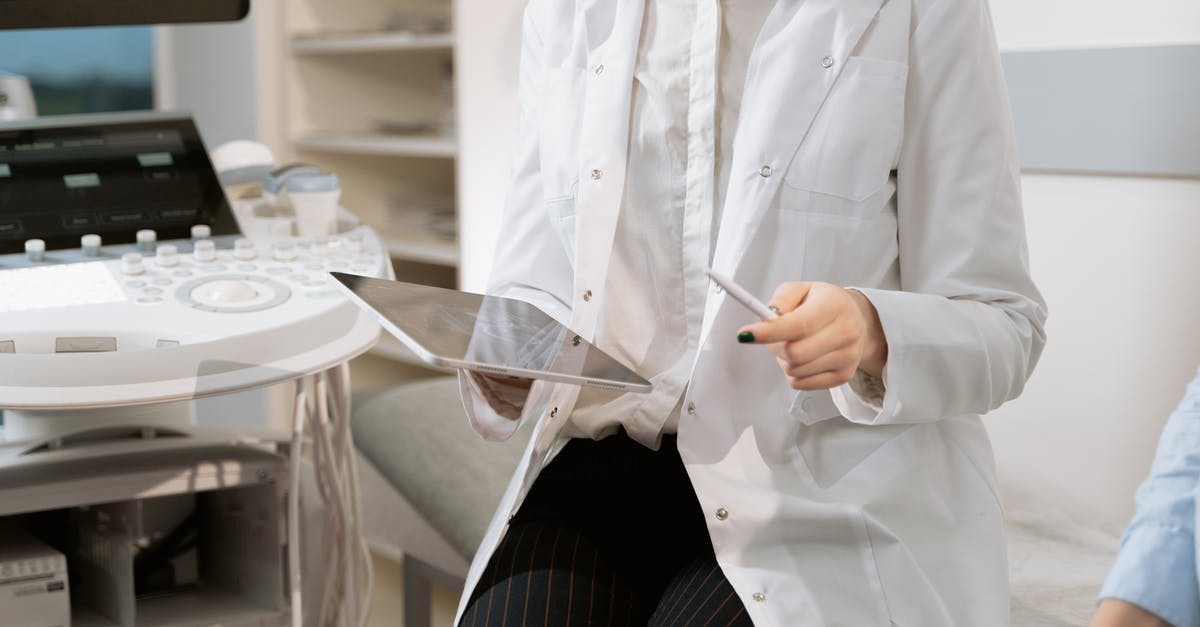3D Scanning in Motion

In the 3D scanning in motion industry there are three main types of scanner available. Scanning lidar systems use lidar technology to scan the item and then send a copy directly to the computer. Scanning film based systems work exactly the same way but instead of a linear unit, the information is sent on a digital tape to a scanning unit. This system allows for both high resolution and high speed scanning. High speed scanners are suitable for most home or small office jobs while lower resolution scanners are better suited to larger scanning jobs. In addition, some systems allow you to add your own computer program for image processing and image correction.
Scanning software for computer users offers many options for viewing scanned items. You can view in a folder, rotate, zoom, add text, remove text, or do a combination of these functions. If you have a scanner with a double sided tape reader, you can choose to view on both the top and bottom of the tape or just the one side. Some software even allows you to scan in grayscale, color, or sepia scan-outs of your product.
Most scanning equipment manufacturers offer both analog and digital product scanners in the motion package. This option is useful when you need to scan more than one item. It’s easy to change the images as you go through your scanning project; you can scan one item, change the focus, and scan the other item in place of the first one. Because the product scanner is included in the package, most scanner companies include a software program to handle image processing and image correction automatically.
Most products offer options for loading images onto a memory card or removable disk. Most scanners in the motion category include a card reader so that you can load images onto a removable disk. After the card has been loaded, all that is left is to scan the item. Usually this process only takes a few minutes. If the product has movement in it, you may have to do some cropping on the final scan to get the best image.
Scanning is usually performed on the copy paper. The copy is placed in the scanner, and then an image of the product is projected onto the copy. If your copy doesn’t already have a high enough resolution, you may have to scan at a higher resolution before printing. You don’t need to worry about quality if you are scanning on copy paper because the image will be far sharper than the product it is copying.
You can find a scanner for any kind of consumer product these days. Consumer electronics like cell phones and portable video games sell in large numbers. The number of items you can scan with your own scanner is limited only by what your computer or scanner can handle. A high resolution scanner copes well with these kinds of products, but for really big items you will need a scanning equipment specialist to handle the job. If you can’t afford professional scanning services, try out the software.








